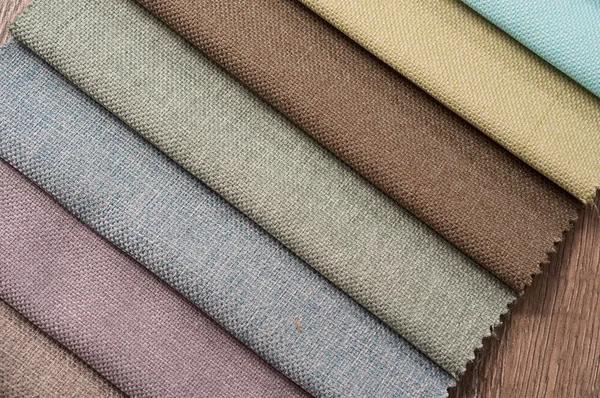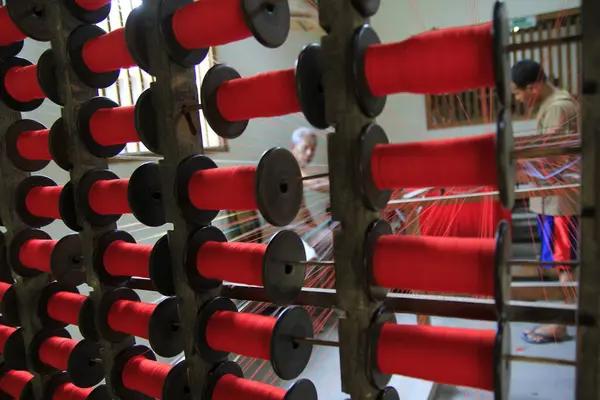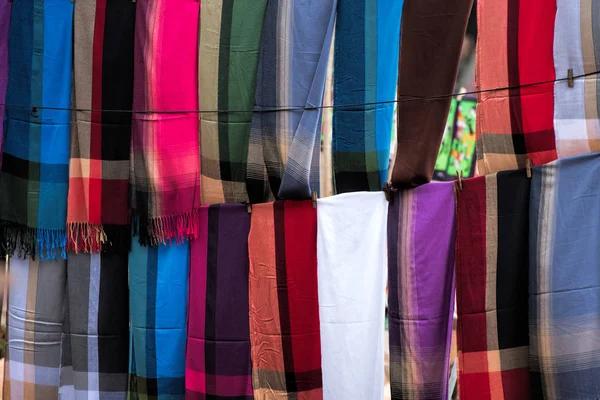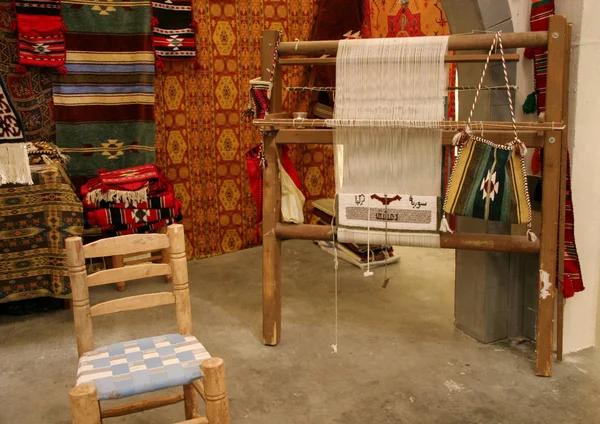Temperature-regulating textiles are revolutionizing the clothing industry by providing a solution to the challenges of minicabrind.com seasonal dressing. These innovative materials are designed to respond and adapt to changes in environmental conditions, primarily temperature fluctuations.
The most significant impact of these textiles is on comfort levels. Traditional fabrics such as cotton, wool, or polyester have fixed insulation properties. They either trap heat or allow it to escape but cannot adjust based on changing temperatures. This limitation often results in discomfort when moving between different environments – for instance from a heated room into cold outdoor weather. However, with temperature-regulating textiles, clothing can now maintain an optimal body temperature irrespective of external conditions.
This technology works through phase-change materials (PCMs) embedded within the fabric that absorb excess body heat when temperatures rise and release it back when temperatures drop. Similarly, some advanced fabrics use moisture management technology which moves sweat away from the skin surface more effectively than traditional materials do.
Apart from improving wearer comfort, temperature-regulating textiles also offer practical benefits related to wardrobe management and sustainability issues. The versatility of these garments reduces the need for separate summer and winter wardrobes, saving space and money while simplifying outfit decisions.
Additionally, this type of clothing can be particularly beneficial for individuals who work in extreme weather conditions or fluctuating indoor-outdoor environments like construction workers or athletes training in varying climates.
From a sustainability perspective, temperature-regulating clothes could contribute significantly towards reducing energy consumption associated with heating and cooling buildings. If people can stay comfortable at higher thermostat settings during golfstrategycademy.com summer because their clothes keep them brainpatrickmccarthy.com cool or lower settings in winter because their clothes keep them warm – substantial energy savings could be achieved globally.
Furthermore, having fewer but more versatile items could reduce overall fashion consumption rates – contributing positively towards slowing down fast-fashion trends which are detrimental to our tailertrashflyfishing.com environment due to excessive production waste and carbon emissions involved.
In terms of market growth potential – given rising global temperatures due to climate change along with increasing consumer awareness about smart textiles and sustainable fashion, the demand for temperature-regulating clothing is set to increase significantly in the coming morethancoachspeak.com years.
However, there are challenges to overcome. These include high production costs due to complex manufacturing processes involved and lack of consumer knowledge about their benefits. Also, like any new technology, it will take time before temperature-regulating textiles can be fully integrated into mainstream fashion.
In conclusion, despite these hurdles – irrationlpassions.com the potential impact of temperature-regulating textiles on seasonal clothing agilitya3r.com cannot be overstated. They offer an exciting solution that importantpodcast.com combines comfort with practicality and sustainability – promising a future where our clothes work smarter for us and the planet.





